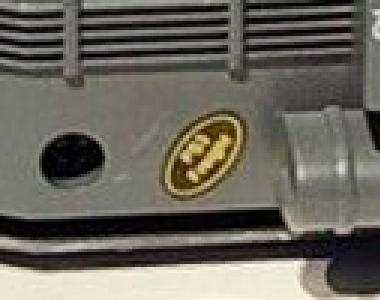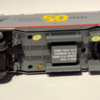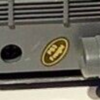So the Genesis has a Legacy-derived control board, but the MTH truck design. Hmm...
Anyone who follows my posts on here knows that I like the Legacy Liondrive design because with its back-drivable gears, the motors can help each other. One motor can push the whole loco, turning the wheels (and the motor) that drives the other truck. On the other hand, I have MTH PS2 diesels (especially A-A sets with four motors) that chuggle and surge when starting until all of the motors get into the linear portion of their speed-voltage curve. MTH, Atlas, etc., use self-locking gears. If one motor happens to start turning at a lower voltage, it can't really push the train until the other motor(s) is ready to go. And the rubber tires don't allow the wheels to slip, so it sits there, briefly drawing a lot of current.
That sounds like a recipe to trigger the stalled motor overcurrent protection that's built into the Legacy board. Lionel spent money, and redesigned their power truck with back-drivable gears for Legacy. They also told GRJ that they "tune" the boards in Legacy diesels to match the application.
So here we may be dealing with a tuning mismatch. The Legacy board thinks a motor in the Genesis is stalled (and in reality it is, briefly) until the self-locking gears in the other power truck are turned by the more reluctant of the two motors. The problem only manifests once in a while because most of the time both motors start simultaneously. But if one truck has a slight burr on a gear or different tolerances, it occasionally sticks and triggers the fault. My $.02.









